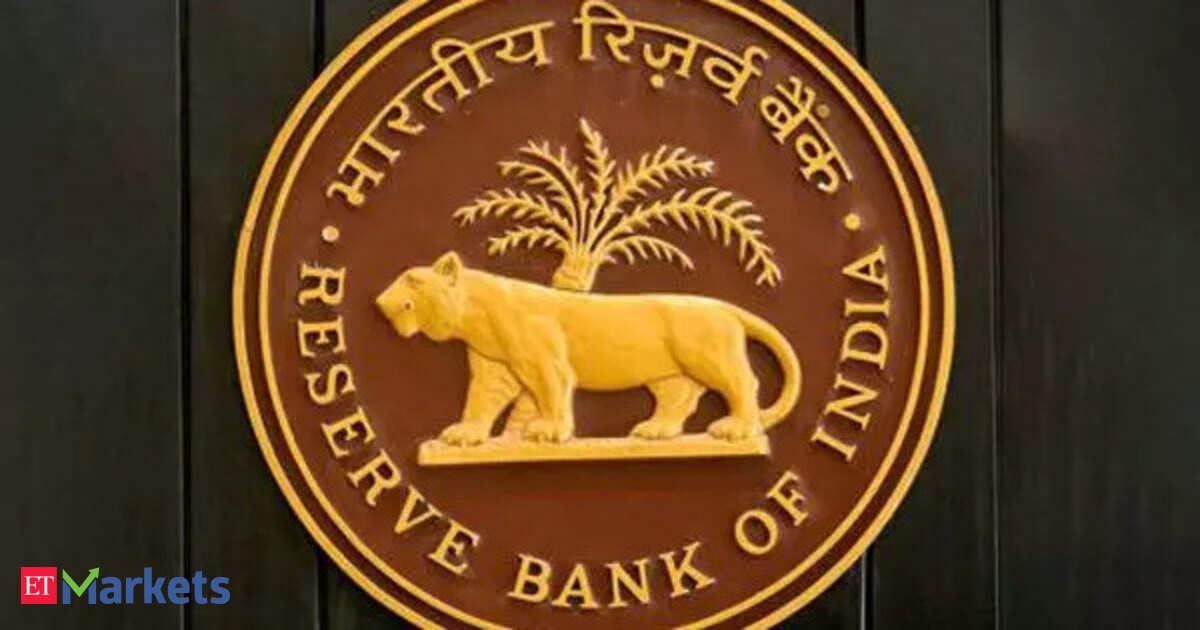Lower banking participation was also attributed to the reporting Friday, a day when banks need to report their cash reserve ratio (CRR) compliance to the Reserve Bank of India (RBI), treasury officials said.
Against the notified amount of ₹2.5 lakh crore, the central bank received bids worth only ₹1.52 lakh crore, which was accepted by the RBI. The cut-off and weighted average rate both came in at 5.49%. The Repo currently is 5.5%.
“Usually, there is 20-30 basis points spread between cut-off price and the overnight rates. But on Friday, that spread was lower than 20 bps as overnight rates had risen during the time of auction. So, most banks preferred lending in the overnight market instead of parking with the RBI. The 7-day VRRR was also for a larger amount which also was a bit of a negative,” said Rajeev Pawar, head of treasury, Ujjivan Small Finance Bank.
VRRR does not permanently remove liquidity, but increases cost of liquidity, thus pushing up overnight rates.
Bank treasury officials said that the aim of this exercise is to ensure that the weighted average call rate (WACR) and the TREPS rate within the liquidity adjustment facility (LAF) corridor. It also indicates that RBI is not comfortable with massive liquidity surplus.The RBI’s state objective is to keep the liquidity surplus around 1% of NDTL, which works out to be ₹2.5 lakh crore.The VRRR auction took away some part of the excess liquidity of nearly ₹2 lakh crore that came from reversal of the previous two VRRR operations. Currently, liquidity is in the surplus of ₹3.15 lakh crore.




